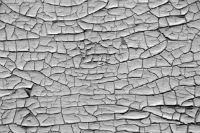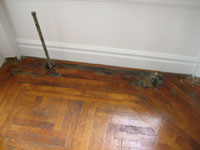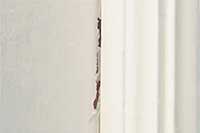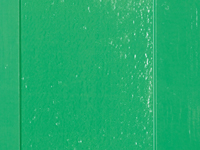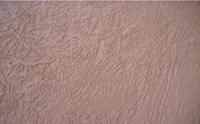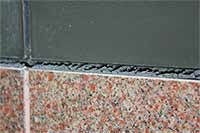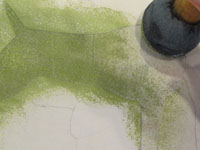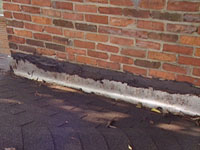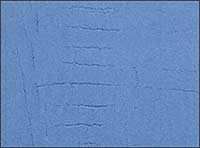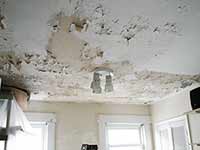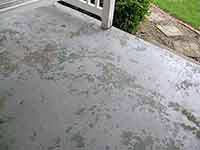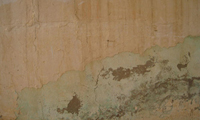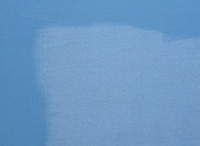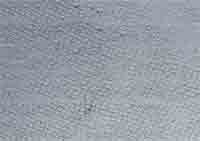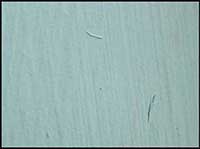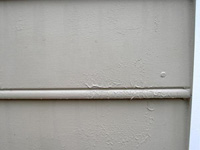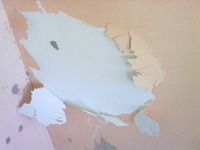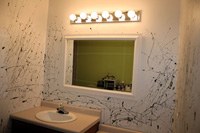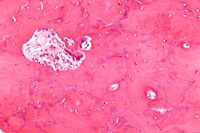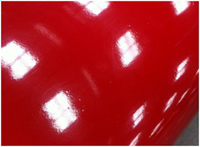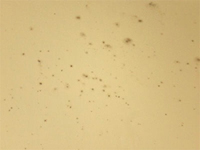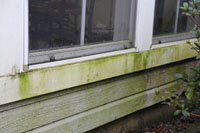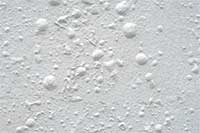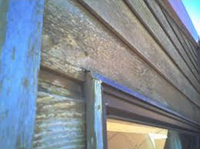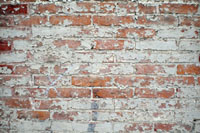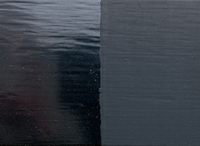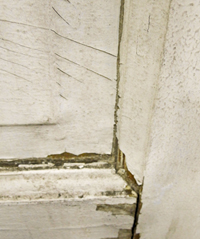 CAUSES: Hatbanding is caused by excessive cutting-in of the walls, corners, trim and ceiling areas with a brush or by rolling walls with a roller cover having an extremely long nap. Hatbanding also can be caused by applying a wet finish coat onto areas that have already dried.
CAUSES: Hatbanding is caused by excessive cutting-in of the walls, corners, trim and ceiling areas with a brush or by rolling walls with a roller cover having an extremely long nap. Hatbanding also can be caused by applying a wet finish coat onto areas that have already dried.
SOLUTION: When cutting into areas to be painted, feather-edge brushing of the finish coat will produce a coat of paint that is approximately the same thickness as the coat applied later with a roller. The brush should leave a thin, feathered edge of paint that will merge into a smooth layer of new paint, thus eliminating a brush coat this is thicker than the rolled-on finish coat (for example, hatbanding)
When using a roller on smooth surfaces (such as drywall) use roller covers having a new ranging from ¼ to ½ inch, depending on the sheen of the finish coat to be applied. When using a roller to paint surfaces previously cut-in with a brush, turn the roller sideways (rotate 90 degrees on the wall) and apply a thin coat of finish, rolling into the previously cut-in areas. Make sure when rolling on the finish coat that the finish strokes of the roller meld back into the drying paint.
